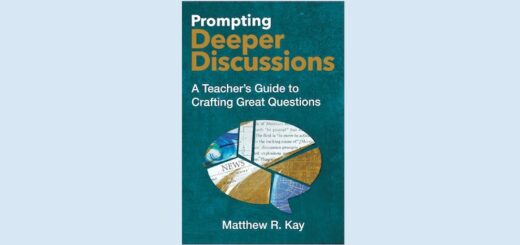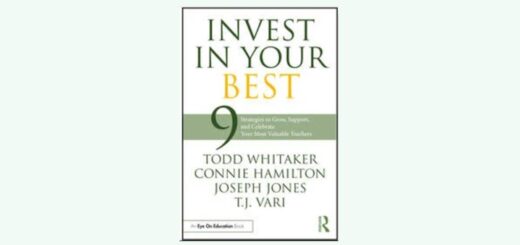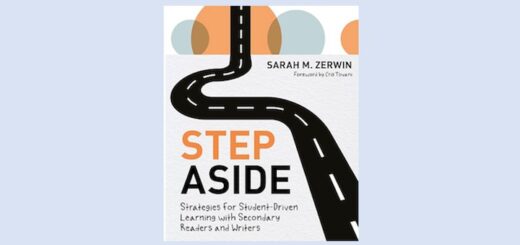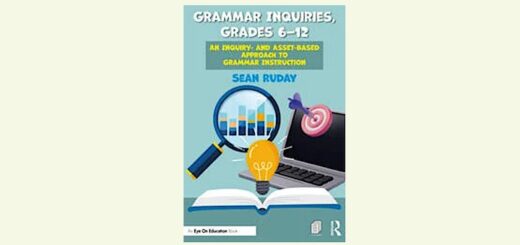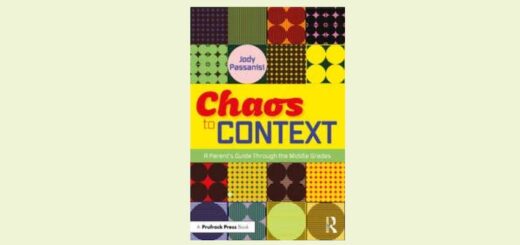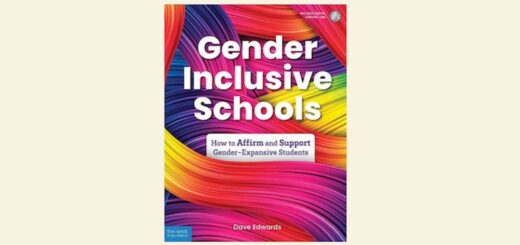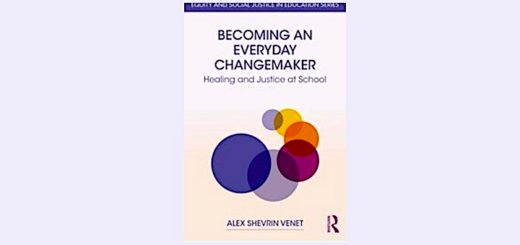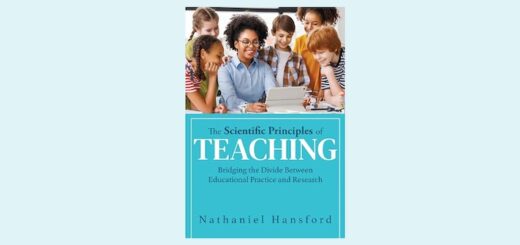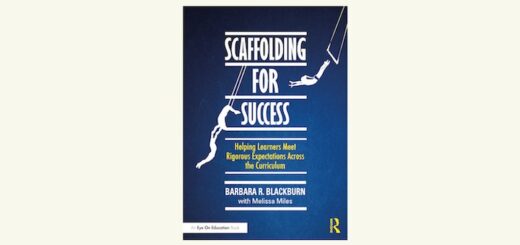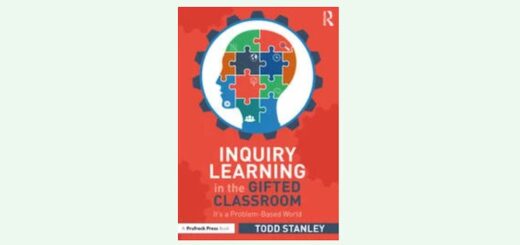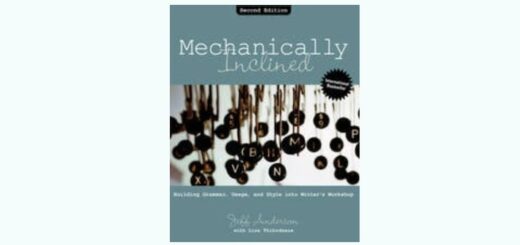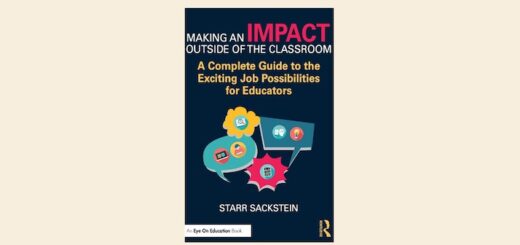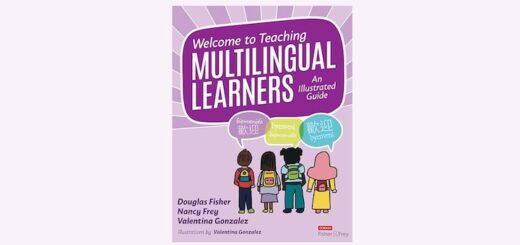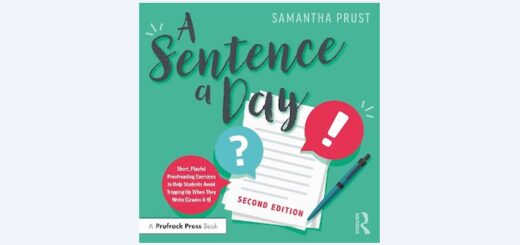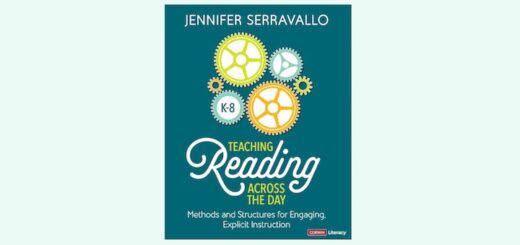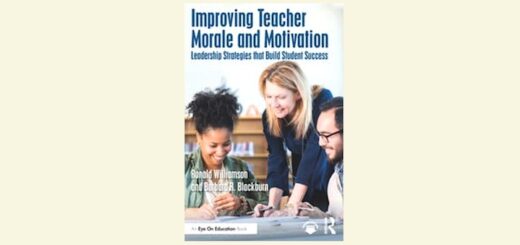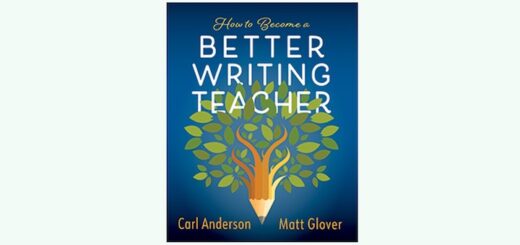Actionable Insights on Structuring Discussions
Prompting Deeper Discussions: A Teacher’s Guide to Crafting Great Questions
By Matthew R. Kay
(ASCD, 2024 – Learn more)
Reviewed by Melinda Stewart
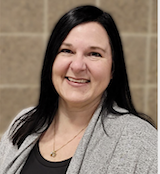
Kay provides actionable insights on how to structure discussions, promote critical thinking, and create a classroom environment that encourages respectful and thoughtful debate. I was left with ideas to reflect upon and tools to help refine my current classroom practice.
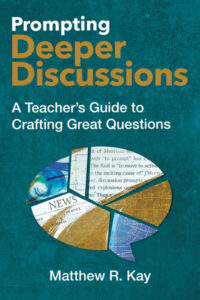
Kay outlines various strategies, but the emphasis on intentional questioning is critical. He insists that asking the right questions is key to unlocking deeper conversations and provides a variety of suggestions to prompt students to think critically. His explanations are clear and often paired with practical examples from real classrooms which help ground the strategies.
Creating a safe classroom environment
Many of us have experienced classroom discussion anxiety and tension. Kay acknowledges that discussions are unpredictable and explores various techniques to handle challenges that arise. He offers helpful design strategies for managing classroom dynamics and suggests ways to ensure that the conversation remains inclusive and productive.
Throughout Prompting Deeper Discussions, Kay weaves in the importance of creating an environment where students feel comfortable taking risks in their thinking and speaking. This is where Prompting Deeper Discussions most closely aligns with Not Light, But Fire.
To give students true agency, Kay recognizes the importance of creating a classroom culture where students feel safe and respected. He provides strategies, through mindful prompting, for fostering an environment where students feel comfortable sharing their thoughts and challenging one another in a respectful manner. This sense of psychological safety is essential for students to take risks in their thinking and feel empowered to participate fully in discussions.
Kay’s intention in designing the experience incorporates the role of a classroom culture that supports open, honest dialogue. His focus on building trust and modeling vulnerability is a reminder that classroom discussions are not just about students talking about the content but also about the relationships between teacher and students, and among students themselves.
The teacher’s role
What stood out most to me was Kay’s emphasis on the educator’s role in facilitating discussions, guiding them with humility, respect and flexibility. Kay demonstrates how to give students agency by providing them with the tools and opportunities to take ownership of their learning through thoughtful and intentional classroom discussions. The teacher isn’t positioned as the ultimate authority on knowledge. The teacher is a facilitator who asks thoughtful questions, listens actively, and encourages students to explore ideas from multiple angles.
Kay encourages teachers to be more responsive in inviting and engaging with student contributions. He emphasizes the importance of asking open-ended, thought-provoking questions that invite students to think critically and engage with the material in a deeper way. Rather than asking questions with predetermined answers, Kay encourages teachers to ask questions that require students to reflect, analyze, and articulate their perspectives. Teachers should also be prepared to learn.
Prompting Deeper Discussions is a powerful resource for any educator that wants to improve classroom discussion. Kay offers a path to enhancing classroom discussions, promoting critical thinking, and ultimately creating a more engaging and inclusive learning environment.
Melinda Stewart has been an educator for 30 years. She has an MA in Teaching, Education and Learning and has done graduate work in the areas of English as a Second Language, Reading, Spanish, and most recently English Language Arts. She is currently working as a Spanish teacher and ELM coach at Fairmont Junior Senior High School. Melinda is an MEA and AFT professional development facilitator and trainer who has a deep passion for learning and equity.











